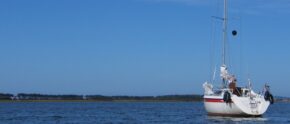The five most common types of anchors
1. Plough anchor
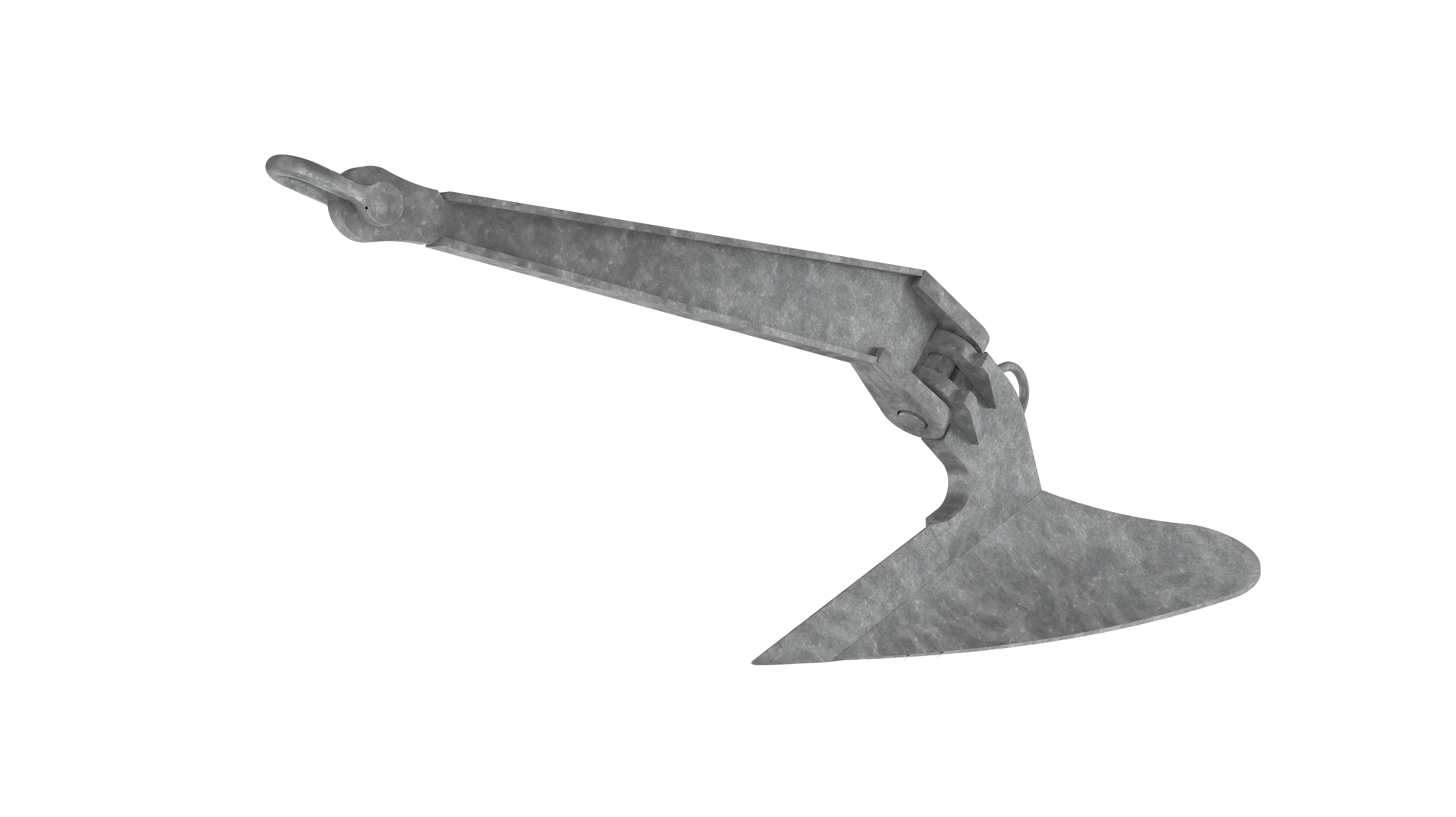
- Designed in the 1930s by Sir Geoffrey Ingram Taylor
- Works like a plow in the field, hence the name plowshare anchor
- Between the shaft and the cross it has a joint
- Further developments without joint (Delta)
2. Plate anchor
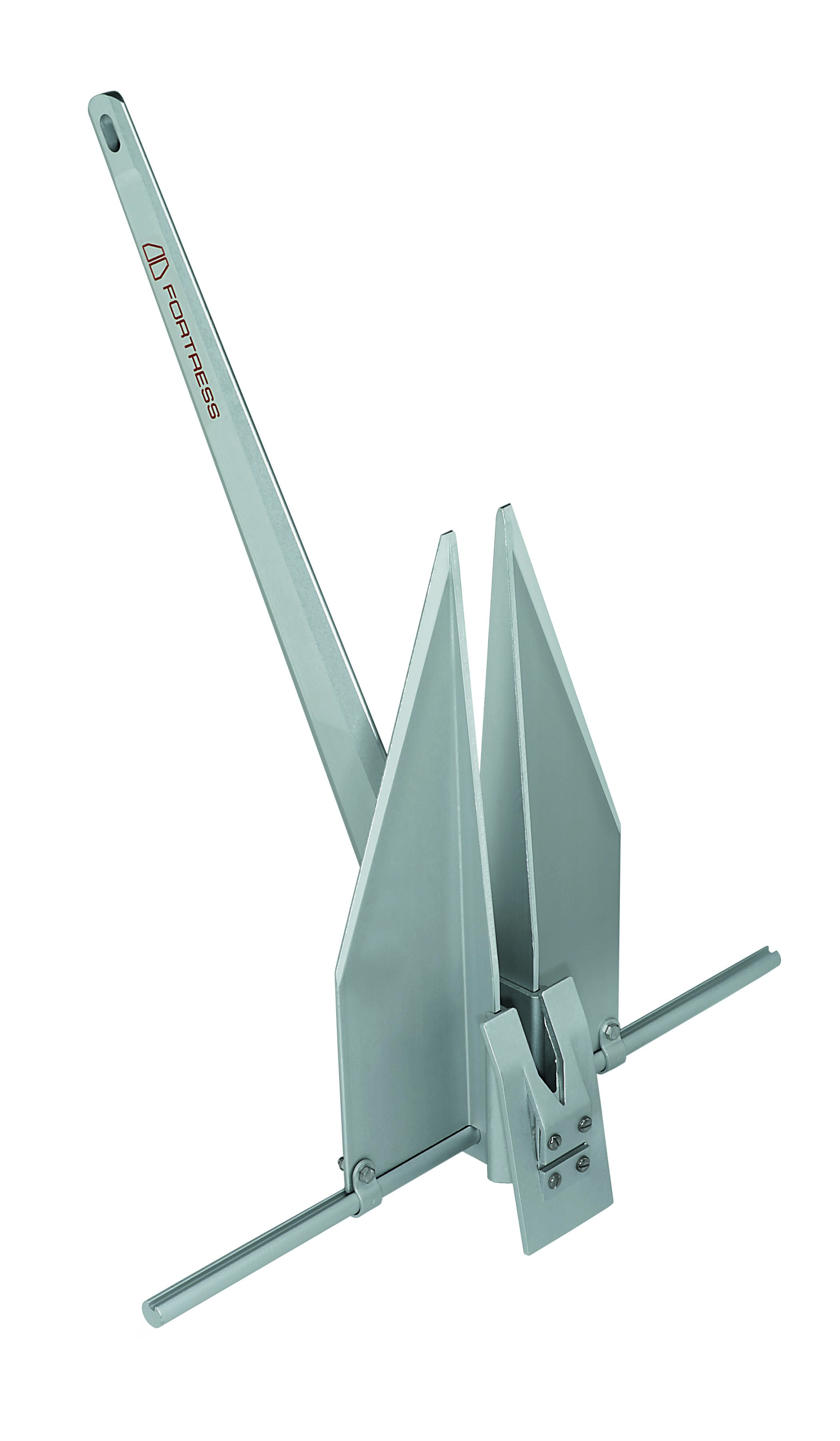
- Developed in the 1940s by Richard Danforth for the British military/navy
- Very suitable for silt
- Further development is the Fortress anchor with adjustable fluking angle
3. M-anchor
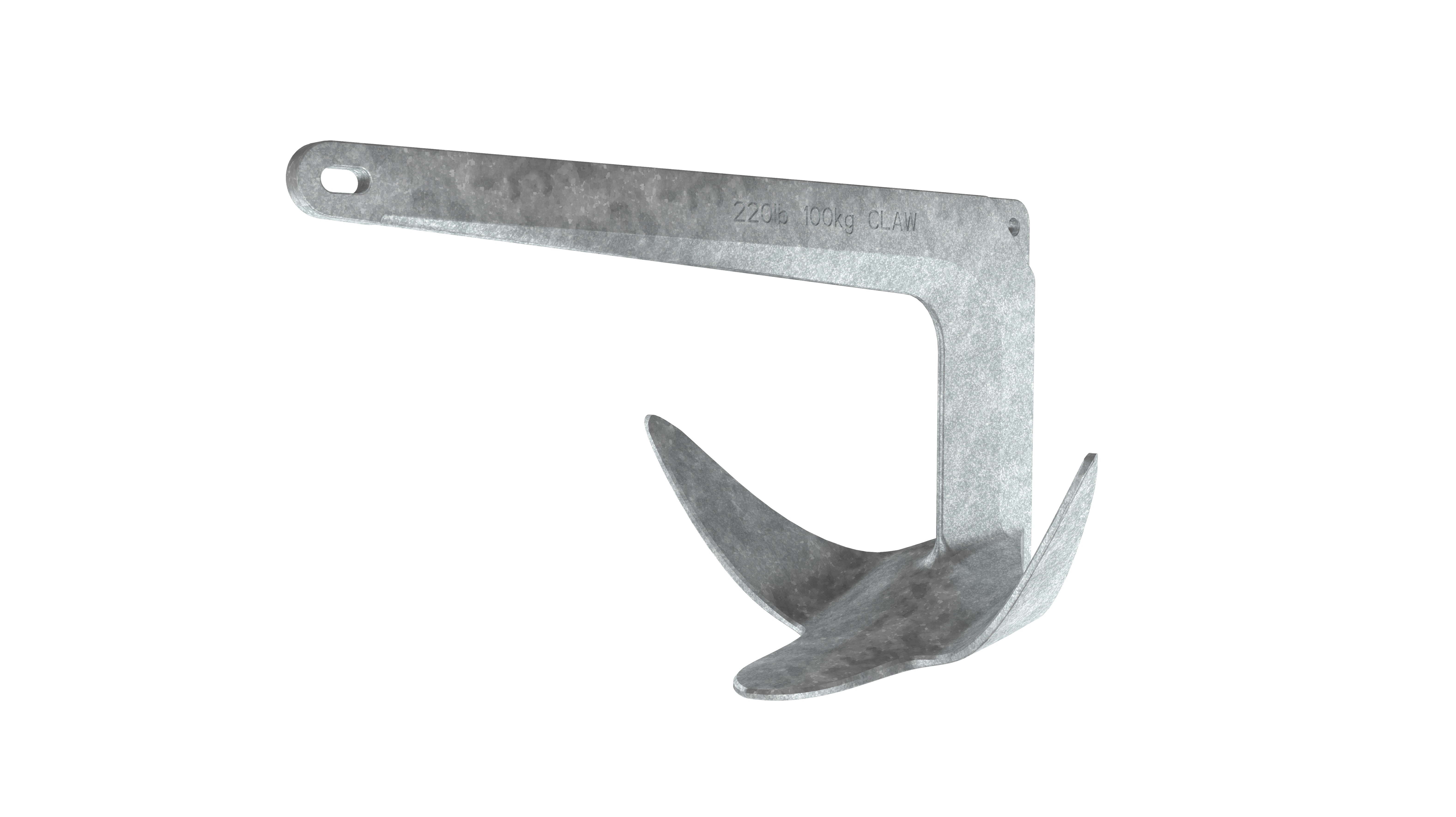
- Developed in the 1970s by Peter Bruce (also Bruce anchor) for anchoring oil platforms in the North Sea
- Shaped like a claw
- Easy to use, therefore widely used
4. Stirrup anchor
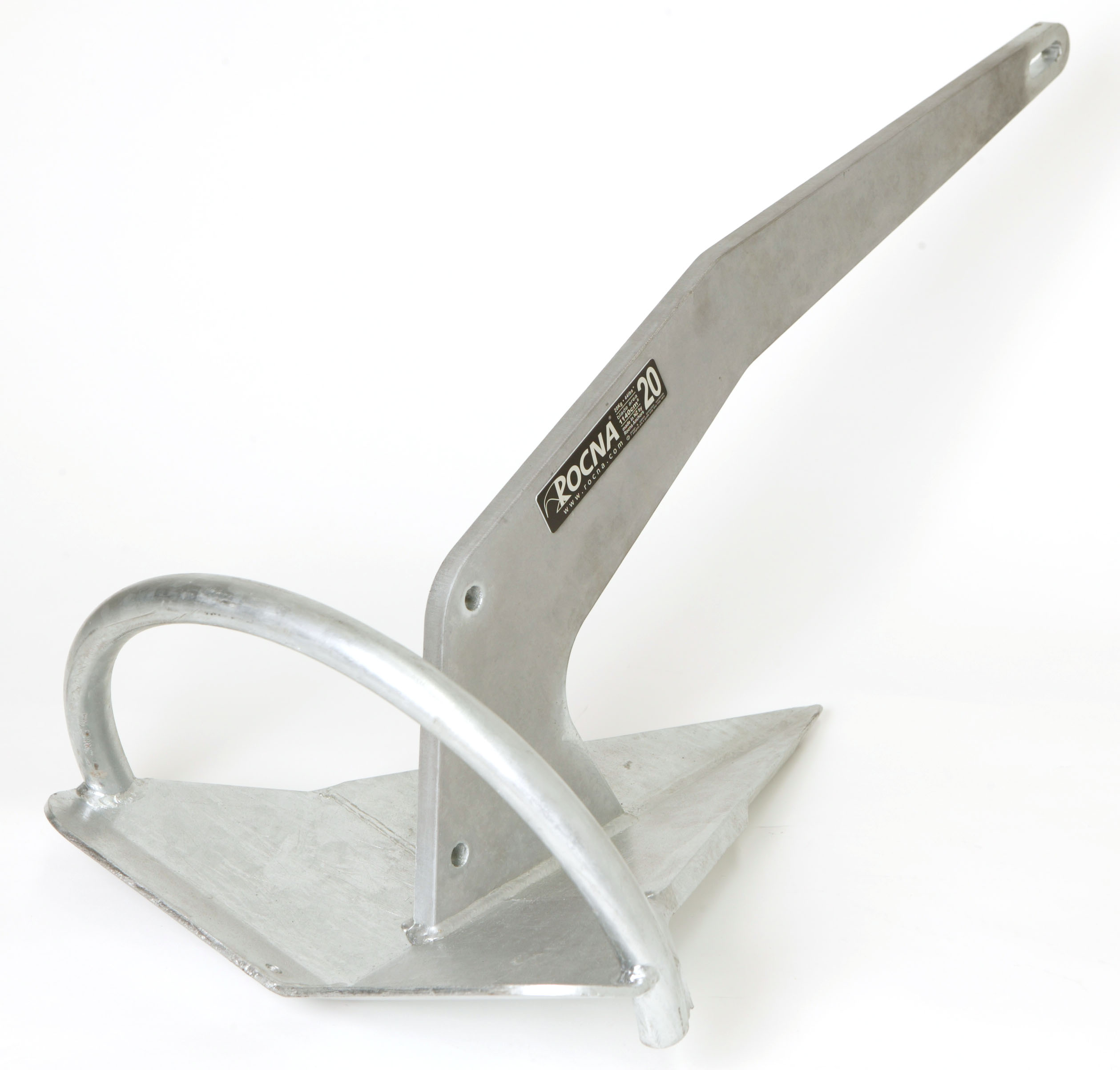
- Developed in the 1980s by Rolf Kaczirek
- Is equipped with a roll bar that allows the anchor to stand up on the seabed
5. Spade anchor
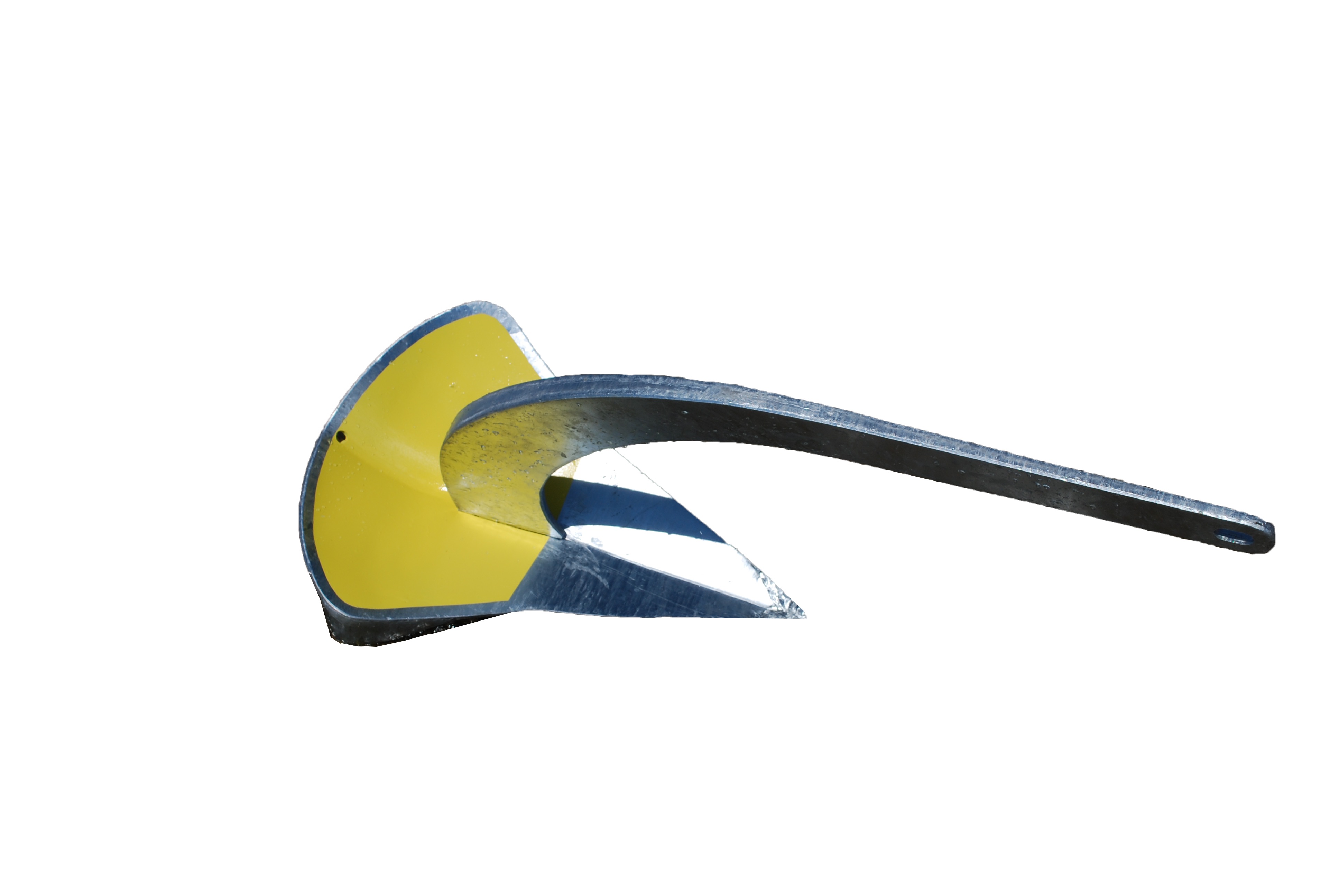
- Developed in the 1990s by Alain Poiraud
- The fluke is concave shaped, like a spade
- Develops very large holding forces

